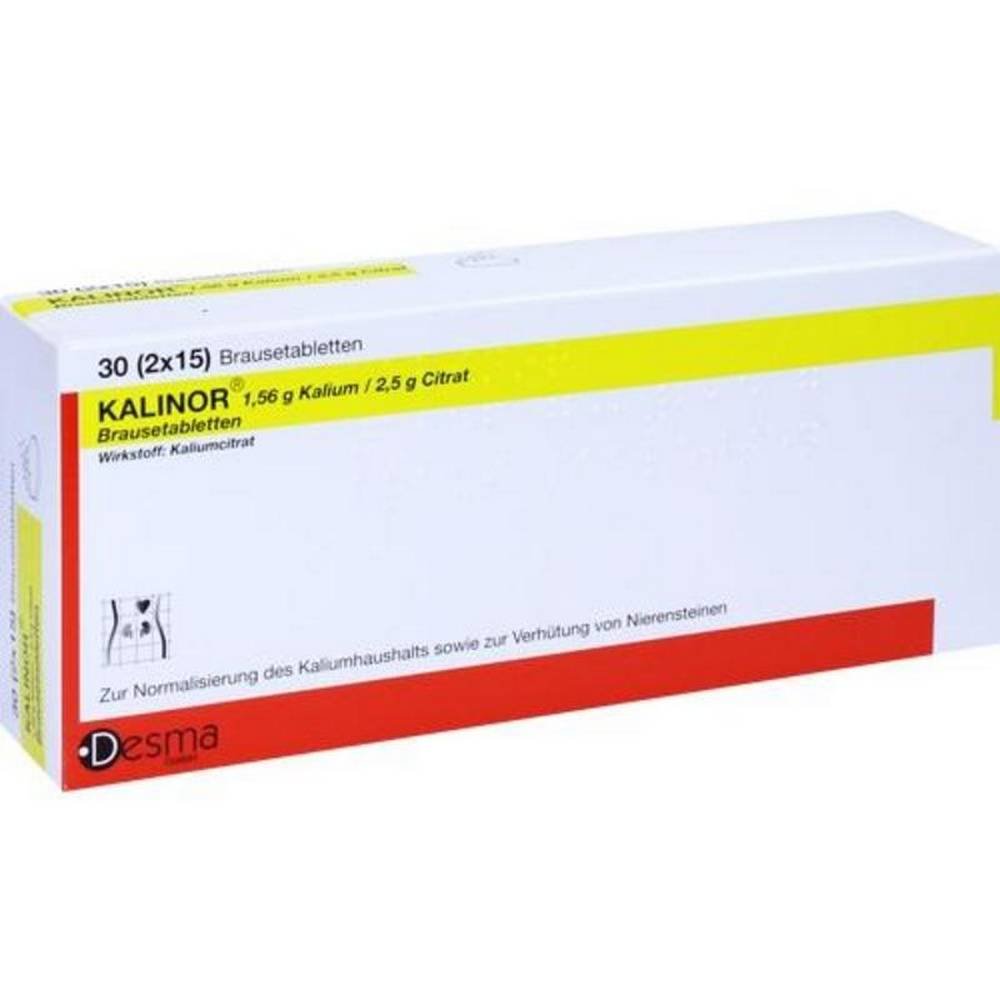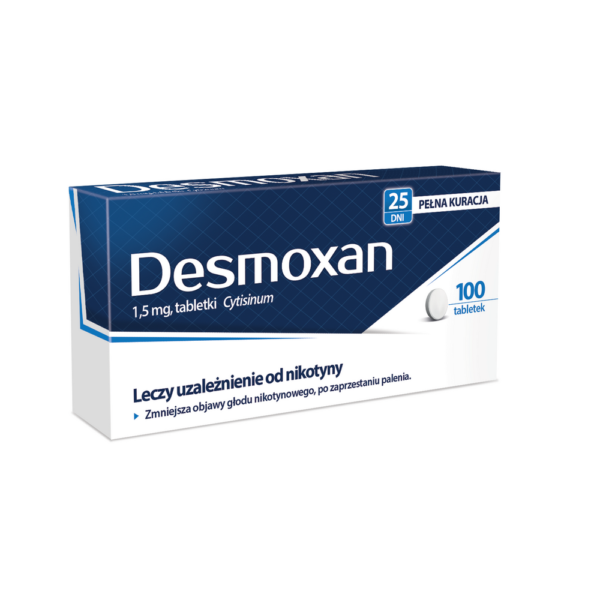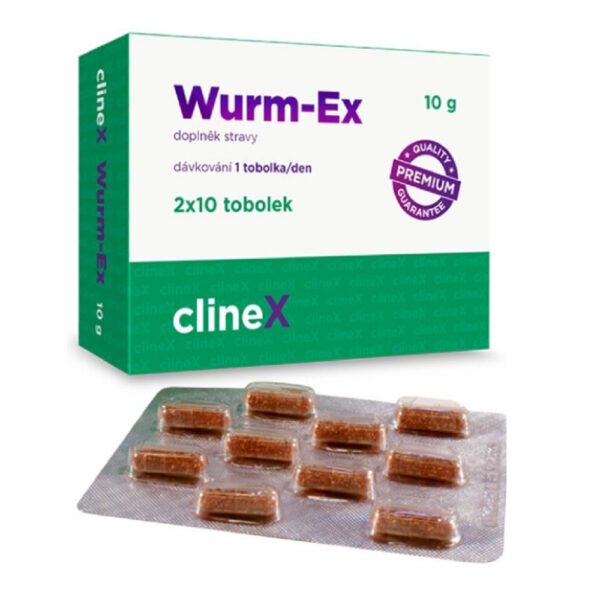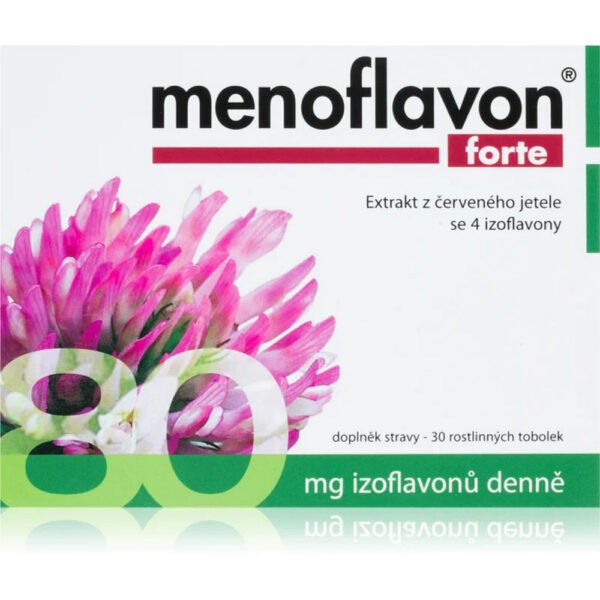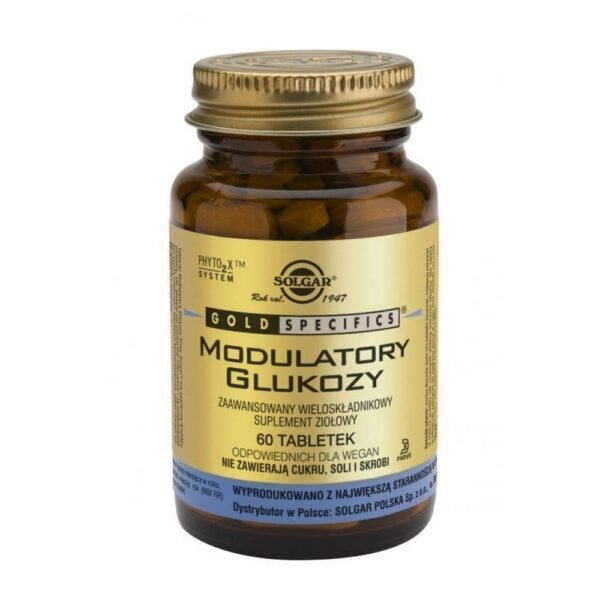Important Notices (Mandatory Information):
Kalinor. Active Ingredient: Potassium Citrate. Areas Of Application: For Replacement of potassium (potassium substitution) in the case of a pronounced decrease in the Blood potassium concentration (hypokalemia <3.2 mmol / l), in particular, in the case of simultaneously existing metabolic acidosis of the Blood (metabolic acidosis ); potassium deficiency-related disorders of the nerve and muscle activity (hypokaiemic neuromuscular Disorders) or cardiac arrhythmias; degradation of the Blood potassium concentration (hypokalemia) while Treatment with digitalis-based Heart medications; To avoid Lowering of the blood potassium concentration (hypokalemia) Acidification of the blood due to ketones (ketoacidosis), for example, in the case of diabetes; For the prevention of a new formation of kidney stones (renal stone-meta-prophylaxis) in the case of calcium stones (eg, in the case of inability of the renal tubules, in sufficient quantities of hydrogen ion excrete, ie, in the case of renal tubular acidosis); to lower citrate excretion (hypocitraturia <320 mg / d of various etiologies), and uric acid stones.
Wichtige Hinweise (obligatorische Informationen):
Kalinor. Wirkstoff: Kaliumcitrat. Anwendungsbereiche: Zum Ersatz von Kalium (Kaliumsubstitution) bei ausgeprägter Abnahme der Blutkaliumkonzentration (Hypokaliämie <3,2 mmol / l), insbesondere bei gleichzeitig bestehender metabolischer Azidose des Blutes (metabolische Azidose) ); kaliummangelbedingte Störungen der Nerven- und Muskelaktivität (hypokaiiämischen neuromuskulären Störungen) oder Herzrhythmusstörungen; Abbau der Kaliumkonzentration im Blut (Hypokaliämie) während der Behandlung mit Herzmedikamenten auf Digitalisbasis; Um eine Senkung der Kaliumkonzentration im Blut (Hypokaliämie) zu vermeiden. Versauerung des Blutes durch Ketone (Ketoazidose), beispielsweise bei Diabetes; Zur Verhinderung einer Neubildung von Nierensteinen (Nierenstein-Metaprophylaxe) bei Kalziumsteinen (z. B. bei Unfähigkeit der Nierentubuli in ausreichenden Mengen Wasserstoffionen ausscheiden, dh bei renale tubuläre Azidose); zur Senkung der Citratausscheidung (Hypocitraturie <320 mg / d verschiedener Ätiologien) und von Harnsäuresteinen.









 For Kids
For Kids


